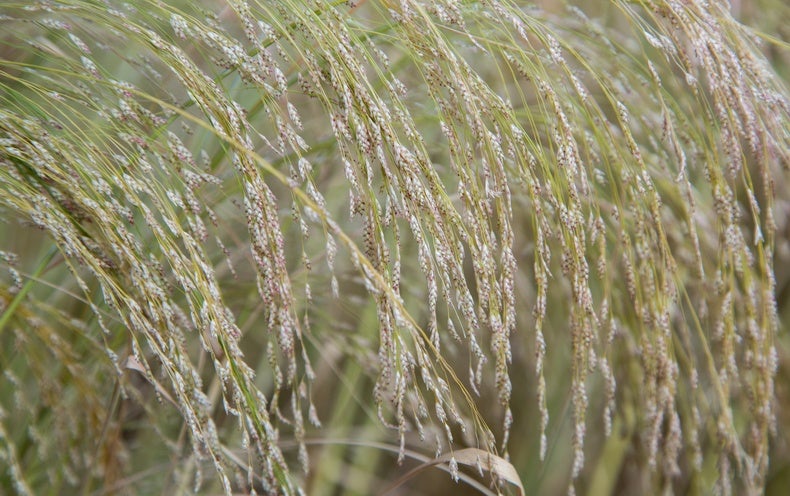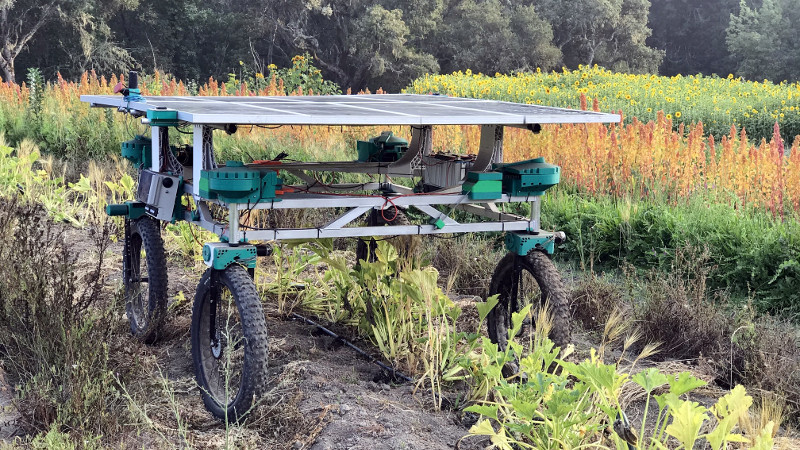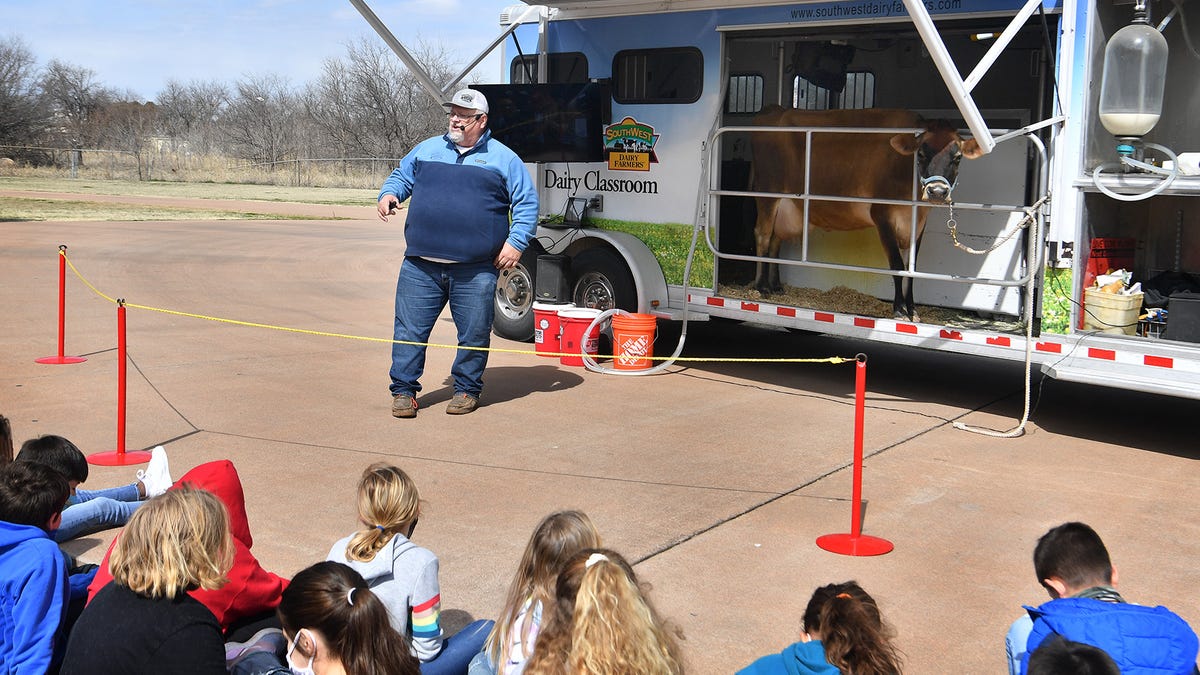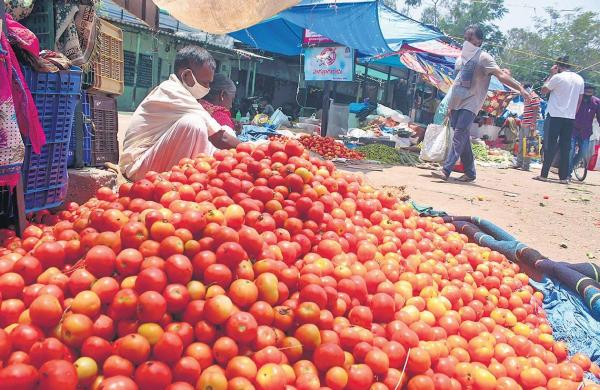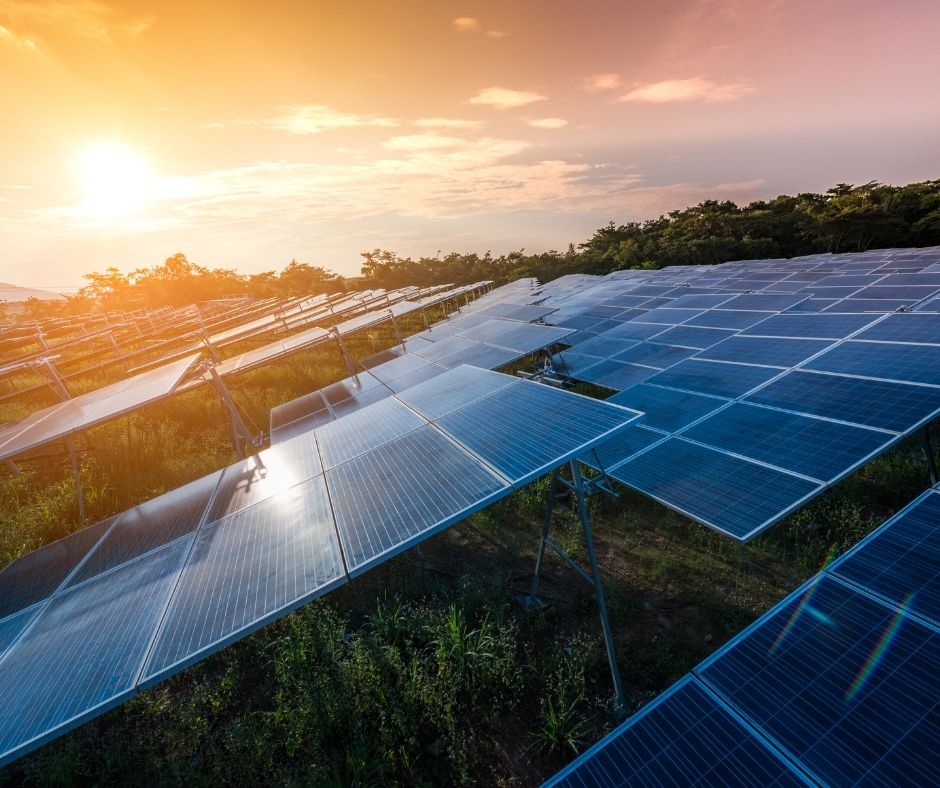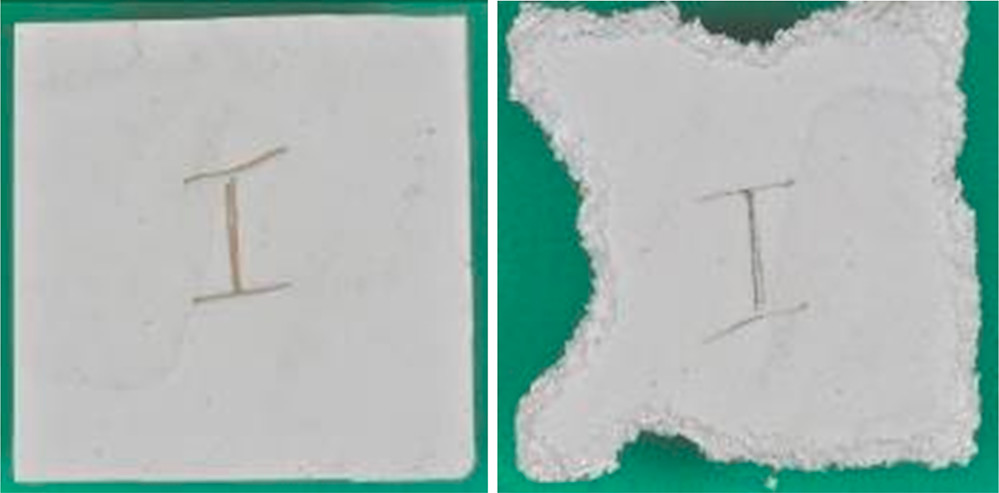 John LaRose Jr.
John LaRose Jr.
Topics: Economics, Food/Nutrition, Sustainability, Ag India, Ag Innovation, World Hunger, World Population, Food Security/Shortage,
Innoterra looks to grow India agri business post restructuring, rebranding
Over the past five years Inoterra has invested around $60 million in its various businesses in India so far. The Innoterra platform comprises businesses such as MilkLane, Desai AgriFoods, Samaaru, Farmlink and Lateral Praxis
-
(0)
-
Bookmark
- Comments (0)
 Nancy Kavazanjian
Nancy Kavazanjian
Topics: Corn/Maize, Agriculture Global, Genes /Genetics, Ag Innovation,
The Science of Feeding the World
Scientists have made bold advances in biology and genetics that offer unprecedented power to tailor food crops to the environment, and to the needs of consumers.
-
(0)
-
Bookmark
- Comments (0)
 John LaRose Jr.
John LaRose Jr.
Topics: Precision AG , Vegetables, Agriculture Global, Water, Fishing (Commercial), Ag Innovation, Regenerative Agriculture,
Solar-powered floating farms that can produce 20 tons of vegetables every day
This next design is an innovative and new approach to traditional farming. It is an amazing solar powered floating island which is covered with several farms and was created by Forward Thinking Architecture. The floating islands work in a very energy efficient way, harvesting sunlight and rainwater, this way creating a sustainable environment. These floating […]
-
(0)
-
Bookmark
- Comments (0)
 John LaRose Jr.
John LaRose Jr.
Topics: Precision AG , Agriculture Global, Economics, Ag Tech, Ag Innovation, World Population,
A New Open-Source Farming Robot Takes Shape
The world of automated farming may be an unglamorous one to those not invested in its attractions, but like the robots themselves that quietly get on in the background with tending crops, those who…
-
(0)
-
Bookmark
- Comments (0)
 John LaRose Jr.
John LaRose Jr.
Topics: Precision AG , Agriculture US, Agriculture Global, Economics, Ag Tech, Ag Innovation, World Hunger, World Population,
Three of the Most Important Developments in Agriculture
Today's smart technology has changed everything. It hasn't just affected our phones and how we communicate, but how we farm as well
-
(0)
-
Bookmark
- Comments (0)
 John LaRose Jr.
John LaRose Jr.
Topics: Sustainability, Ag Innovation, World Hunger, Government / Policies, Ag Africa, World Population, Safety (Farm/Production),
International Women’s Day, 2021Removing Barriers to Women’s Leading Role in African Agriculture
Africa’s population will double by 2050 if growth rates continue their trajectory, but the creation of jobs is not keeping pace, with up to five times more young people seeking employment each year
-
(0)
-
Bookmark
- Comments (0)
 John LaRose Jr.
John LaRose Jr.
Topics: Dairy, Agriculture US, Young Farmers, Ag Innovation, Education,
Dairyman travels the state teaching youngsters about milk
Todd Griffin and his Jersey dairy cow, Kate, travel around to schools and events teaching about dairy farming, dairy cows and dairy products.
-
(0)
-
Bookmark
- Comments (0)
 John LaRose Jr.
John LaRose Jr.
Topics: Vegetables, Agriculture Global, CRISPR/Gene Editing, Ag India, Ag Innovation, Tomato,
Kochi firm develops yellow tomato
A group of scientists at AgriGenome Labs, Kochi, has successfully demonstrated the application of the CRISPR Cas9 technology in plants.
-
(0)
-
Bookmark
- Comments (0)
 Nancy Kavazanjian
Nancy Kavazanjian
Topics: Agriculture US, Sustainability, Ag Innovation,
Emerging Carbon Markets in Agriculture: Issues and Opportunities - Farm Foundation
Free on Mar. 16, 2021: experts discuss the issues and opportunities carbon markets present to agriculture operations.
-
(0)
-
Bookmark
- Comments (0)
 Nancy Kavazanjian
Nancy Kavazanjian
Topics: Soybeans, Ag Innovation, AgriBusiness,
Funny this is questioned, but soyoil coated wire isn't more tasty to rodents!
Assessing Rodent Gnawing of Elastomers Containing Soybean Oil Derivatives
Replacing petroleum-based components with biobased materials makes products more sustainable, but anecdotal evidence has suggested that this might also make them more attractive to rodents for gnawing. This study was conducted to determine if the inclusion of soybean oil or its derivatives in natural rubber, styrene–butadiene rubber, ethylene–propylene diene monomer, or flexible polyvinyl chloride (PVC) plaque samples affects the extent of gnawing damage by mice. The components tested were epoxidized soybean oil, degummed soybean oil, high oleic soybean oil, and styrenated soybean oil. Twelve treatments were tested, each exposed individually to 10 mice for 14 days. At days 8 and 15, the plaques were assessed for gnawing damage, both subjectively and by weight loss. Extensive gnawing was noted only on plaques made of PVC (both PVC standard and PVC with 10 PHR epoxidized soybean oil), and the gnawing damage difference between these two PVC treatments was not statistically significant. The other 10 treatments all showed negligible gnawing. The inclusion of soybean oil or its derivatives in common elastomers did not affect rodent gnawing.
-
(0)
-
Bookmark
- Comments (0)



